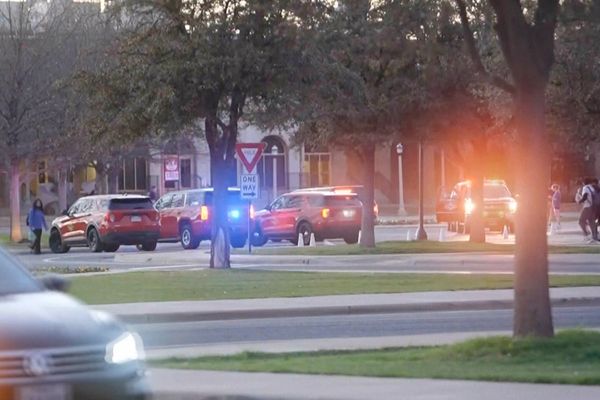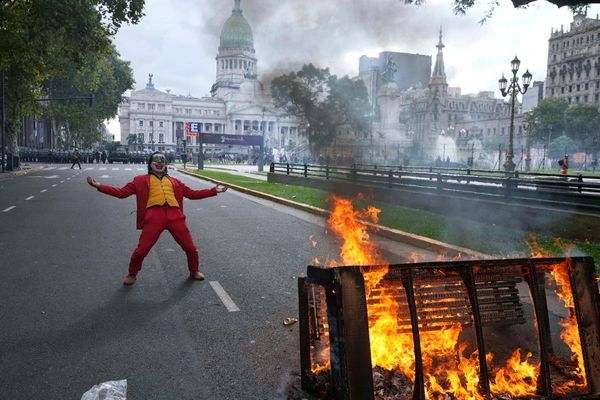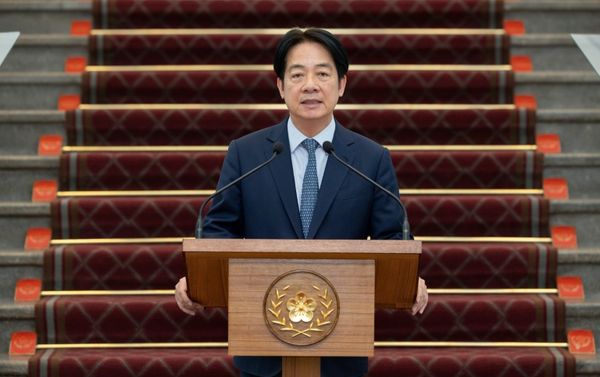
Talk that Boris Johnson will offer many of England’s housing association tenants the possibility of buying their homes will remind older voters of Margaret Thatcher’s council house sell-off which saw around 2 million households join her pursuit of a “property-owning democracy”. Younger voters might also remember the idea has appeared in both the 2015 and 2019 Tory manifestos without ever being implemented.
There are 4.4m affordable homes of varying kinds in England, but the sheer complexity of selling off property that is not in public ownership and the cost to the taxpayer of subsidising sales that could exceed £1bn a year are among the reasons such a sell-off has never happened. Add to that widespread concerns that the policy will only deplete England’s already scant affordable housing stock while the sector estimates 4.2 million people are in need, and the chances of the PM repeating the seismic property revolution delivered by Thatcher’s gambit look slim.
Even by this government’s own estimates, a fully operating right to buy for housing association tenants is only likely to result in the sale of around 224,000 homes in a decade. Most tenants simply cannot afford to buy. The potential political gain, beyond the soundbite, is therefore considerably smaller.
As Toby Lloyd, Theresa May’s former housing adviser adds, with the rise of private renting, offering affordable housing tenants tens of thousands of pounds in sale discounts could create tension with private renters paying higher rent for similar properties. It would create a clear sense of injustice.
There is, of course, an obvious attraction for families who do get the discount. A pilot in the Midlands that launched in 2018 found that those who managed to buy typically ended up paying less on their mortgage than in rent, albeit at a time of lower interest rates than today, and 80% of buyers would not have been able to buy a suitable home otherwise.
The pilot saw 1,892 housing association homes sold off at a discount averaging 46% of the property value. The discounts started at 35% and rose one percentage point for every year in the social housing sector up to a maximum of 70% but capped at £80,900.
But by April 2020 only around half of the landlords involved had plans for replacement homes and the number was lower than expected sales. The replacement homes were also smaller and 60% were “affordable”, which means tenants paying up to 80% of private market rates, rather than cheaper “social” rent.
Five-bedroom family homes were 10 times more popular among buyers than one-bedroom homes, indicating that such a policy is likely to have a disproportionate impact on larger social housing for which there has historically been longer waiting lists.
Social landlords took part in the trial, said Kate Henderson, the chief executive of the National Housing Federation (NHF), with “our red line being that every single social home sold would be replaced”.
But she said: “Recent pilots have demonstrated how difficult this is to achieve, as there is not enough money from sales to build new social homes.”
In some urban areas with low house prices, the cost of building a replacement new home is greater than the revenue raised from selling it off.
Meanwhile the supply of social housing – typically charging rents at a level equivalent to a third of household income – has dwindled to a trickle. Around 6,000 of the cheapest new social homes were added to England’s housing stock in the year to April 2021, down from almost 40,000 a decade earlier. Meanwhile new affordable housing – which includes shared ownership and pricier “affordable” rent – also fell from 61,000 to 52,000.
An analysis of the trial projected that if a similar time-limited offer was made nationwide, around 6% of tenants who lived in homes that were eligible for sale and could afford it, would buy – close to 16,000 households. If the scheme was open-ended in the way it is for council tenants, around 224,000 homes would be sold off in the first decade.
If the costs to the Treasury of funding the discount in the Midlands scheme are extrapolated nationwide, such an open-ended scheme could cost in the region of £14bn over that period.







